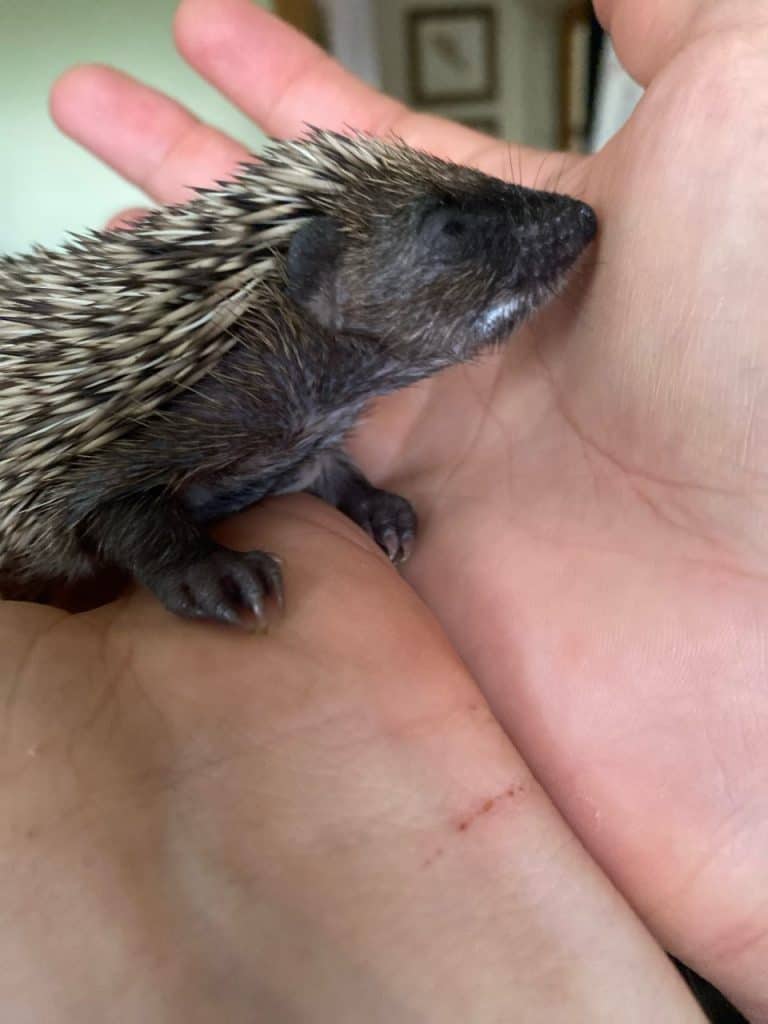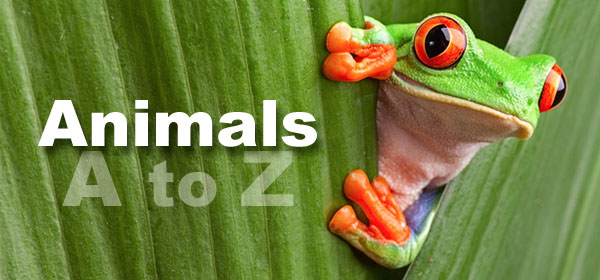In this blog I will be talking about our little friends the European hedgehogs and how we can give them a helping hand. The European hedgehog is the only native species of hedgehog in the UK, they are nocturnal mammals and their diet consists mainly of slugs, snails, beetles, earthworms and small berries. They use their long noses and incredible sense of smell to shuffle through the leaf litter to churn up a tasty invertebrate meal.

Hedgehogs and Hibernation
Hedgehogs will normally go to hibernate from late November to December and start to wake up in March/April. However, there is no set time for this as it depends on the hours of light and temperature. Hedgehogs have been seen to be active well into December during mild winters.
During this time their body temperature will drop, entering a state of torpor, this allows them to save energy. During this time their energy supply comes from the fat reserves they have managed to build up over summer. These precious energy reserves need to get them through the winter, and therefore any disturbance during this period can be very dangerous as waking up can use up a lot of energy.
Vulnerable
Sadly, European hedgehog numbers have declined by 30% in the last 10 years, reasons for this include intensification of agriculture, lack of hedgerows, use of slug pellets and pesticides, predation by dogs and badgers and habitat fragmentation. They are now classed as Vulnerable on the IUCN redlist. There are, however, a few things we can do to help them out!
Build a hedgehog house
You can make a simple home for a hedgehog out of many things like an upturned box or a pile of logs. Hedgehogs love to use piled up logs as a home and they are also a handy place to find insects. This is why it’s very important when using logs for fires that you check/move the logs prior to burning in case a hedgehog has made it their home.
When starting fires the safest way to do it is to lay the logs out the day you want to do the fire, as the longer the logs are out, the higher chance there is that a hedgehog will wander in.
By providing multiple piles around your garden not only do you give them a choice of home but also a great place for beetles to live, increasing the places for your hedgehog to dine!
Supplementary feeding
Hedgehogs will be very glad of a free meal! Helping hedgehogs gain weight in the weeks before hibernation is very important, if they go to hibernate and they are underweight there is a very high chance they will not last the winter.
Suitable foods can be left in a shallow dish and the best to go for is wet meaty cat food (avoid fish flavours) or kitten biscuits. It is best to provide this in a ‘feeding station’ so that it cannot be taken by foxes/badgers/cats or dogs. This can be simply made by placing the food under a plastic box with a small hole cut out of one side just big enough for the hedgehog and placing something heavy on top to avoid it being pulled over by larger animals. These are best to be tucked near the edges of the garden where they are less exposed and feel comfortable.
An important thing to remember with feeding hedgehogs is that they are lactose intolerant and must not be fed any bread or milk! A shallow dish of water will be perfect alongside the cat food.

Creating hedgehog highways
This is one of the most important things you can do to help them. Giving hedgehogs access through your garden allows them to pass freely though them, as they can travel up to a mile overnight searching for food and a mate, it is very important we do not create large barriers for them. increasing the land available to them increases their chance of finding food and also breeding. This can be very simply done by making holes in our garden fences or walls for them to pass through.
13cm by 13cm is sufficient for any hedgehog to pass through and you can even get yourself a ‘hedgehog highway’ sign so people know not to block it up. Please make sure to use tools safely and get permission and help from an adult!
Once you have your hedgehog hole, there is map you can tag it onto called ‘The Big Hedgehog Map’ which also has tips and advice on making your hedgehog highway.
Avoid pesticides in your garden!
Slug pellets and chemicals are harmful to hedgehogs, and alternatives to them are encouraged. Some of these include using egg shells, crushing them up makes a very difficult surface for snails and slugs to manoeuvre. Copper tape also works well as a deterrent, slugs will not cross it. Encouraging more wildlife into your garden and thus increasing slug predators is also a great way of reducing their numbers. One way to do this is to build a small wildlife pond or log piles to encourage beetles which love to snack on slugs.
Accumulate nesting materials
Providing a little pile of garden waste, leaves and small bits of wood provide a lovely source of nesting material for hedgehogs and will be very helpful for both pregnant females in spring and also for nest building for hibernation.
Hedgehog rescue centres
Hedgehogs are nocturnal and if they are seen during the day it is normally because they are injured or ill. Pregnant or nursing mothers sometimes need to be out during the day, but otherwise the hedgehog may need your help.
If you see a decent sized adult looking busy, leave them alone, this is likely to be a nursing mother out to gather nesting material or taking a break to get some food and water before returning to her hoglets. If you find a hedgehog that is harmed, acting abnormally during the day, looks very underweight or is very young and you cannot see the mother, as long as you have waited a while to see if the parent comes back, they may be in need of your help.
There are many wildlife rescue centres dotted around the UK and there is sure to be one nearby. Place it in a cardboard box and take it to your nearest rescue centre. Be sure to pick it up with thick gardening gloves as they can carry ringworm which can be passed through their spines if they prick your skin.
Keep the box in a warm place if you are unable to take it straight away. The easiest way to keep them warm is to wrap a hot water bottle with a towel and place it under the hedgehog.
Do not be tempted to rear small hoglets yourself, they are incredibly delicate animals and require trained specialist helpers for survival. I know this first-hand from having successfully hand reared a few hedgehogs at a wildlife rescue centre I used to help at, they are notoriously very difficult to rear and suffer from fatal bloat easily if you are not trained. Please take them to a rescue centre.

Drive carefully at night, think hog!
It is a far too familiar sight to see a dead hog at the side of the road, and for some, the only time you have seen one! The roads fragment their habitat and they need to cross them to get to food sources or to find a mate. When you are driving at night try to take care and slow down to make it safer for them to cross.
If you can do any of these things you are a wildlife hero! I’d love to see any of your own hedgehog homes/ highways you have in your gardens in the comments.


